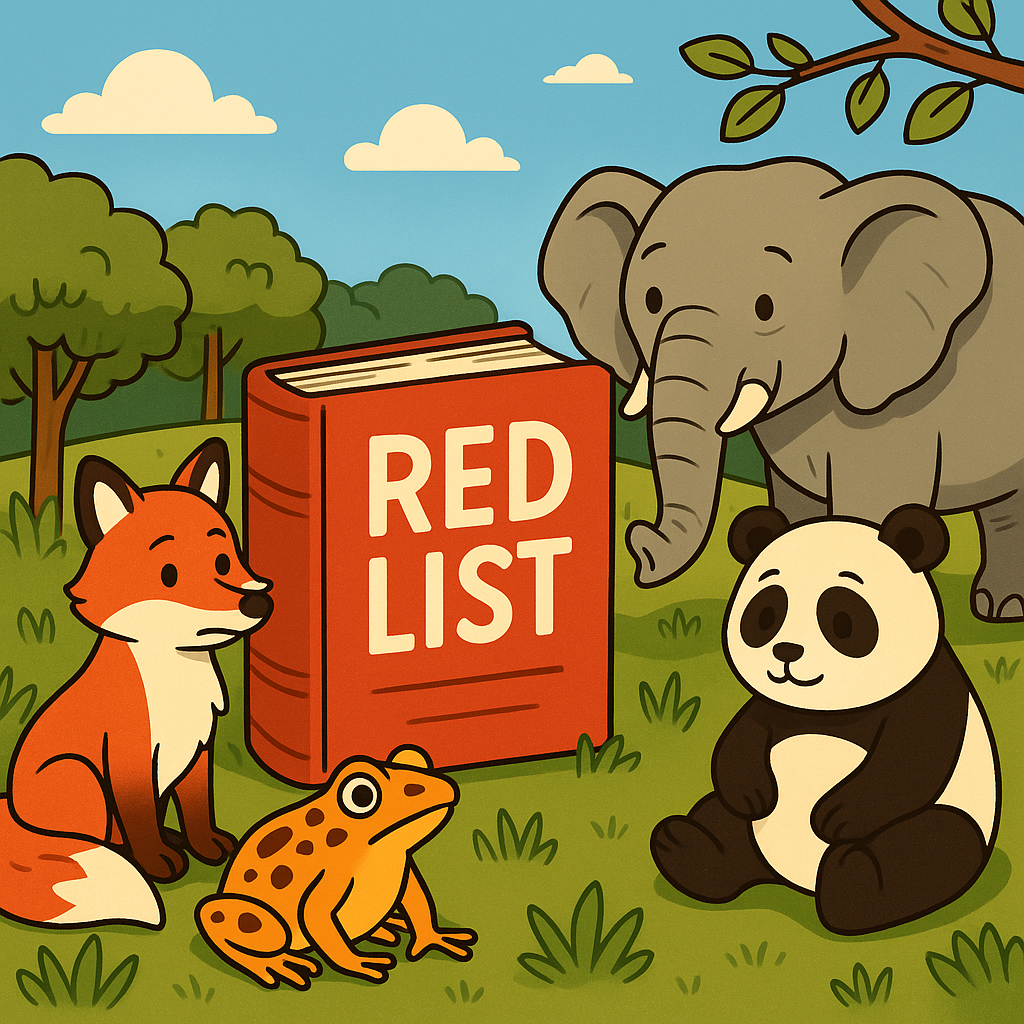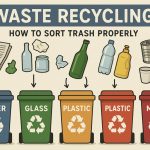Every year, more animals and plants disappear forever — and many more are pushed to the edge of extinction. The IUCN Red List, often called the “Red Book,” tracks these species and warns us when nature is in crisis.
But why do species go extinct? What does the Red List really tell us? And what can be done to stop this global loss?
What Is the Red List?
The IUCN Red List of Threatened Species is the world’s most comprehensive record of animals, plants, and fungi at risk of extinction. It is published by the International Union for Conservation of Nature (IUCN) and is updated regularly by scientists worldwide.
Species are classified into categories like:
- Least Concern
- Vulnerable
- Endangered
- Critically Endangered
- Extinct in the Wild
- Extinct
This list helps guide governments, conservationists, and everyday people to focus efforts on the most at-risk species.
Main Causes of Extinction
Species disappear for many reasons — but most are caused by human activity. The top threats include:
1. Habitat Loss
Forests, wetlands, coral reefs, and grasslands are destroyed for farming, logging, or urban expansion. Without homes, many species simply can’t survive.
2. Pollution
Chemicals, plastic waste, oil spills, and even noise disrupt ecosystems and poison wildlife.
3. Climate Change
Rising temperatures change habitats too fast for species to adapt. Polar bears lose ice. Coral reefs bleach. Weather patterns shift and confuse breeding cycles.
4. Overexploitation
Overfishing, hunting, and wildlife trade wipe out species faster than they can recover.
5. Invasive Species
Non-native animals or plants often outcompete local species — or bring diseases they can’t fight.
Why Biodiversity Loss Matters
Biodiversity isn’t just about saving cute animals — it keeps the planet stable and livable. It supports:
- Clean air and water
- Soil fertility and food production
- Climate regulation
- Disease control
- Cultural and spiritual value
Losing species weakens entire ecosystems, making them more fragile and unpredictable — even for humans.
What Can Be Done?
Protect natural habitats — through national parks, marine reserves, and land conservation.
Support science and monitoring — data is key to knowing which species are at risk.
Restore ecosystems — replant forests, clean rivers, rebuild coral reefs.
Ban harmful practices — like poaching, illegal logging, or toxic pesticides.
Choose wisely — use sustainable products, eat less meat, avoid exotic pets.
Key Terms Explained
- Extinct – No individuals of the species remain alive anywhere.
- Endangered – At high risk of extinction in the near future.
- Habitat – The natural environment where a species lives.
- Invasive Species – A species that spreads into a new area and disrupts the local ecosystem.
- Biodiversity – The variety of life on Earth, including all species and ecosystems.
Final Thoughts
The Red List is not just a record of loss — it’s a warning, and also a call to action. Every extinct species is a reminder that time is limited. But every species saved is proof that change is possible.
Protecting biodiversity means protecting life itself — including our own.


